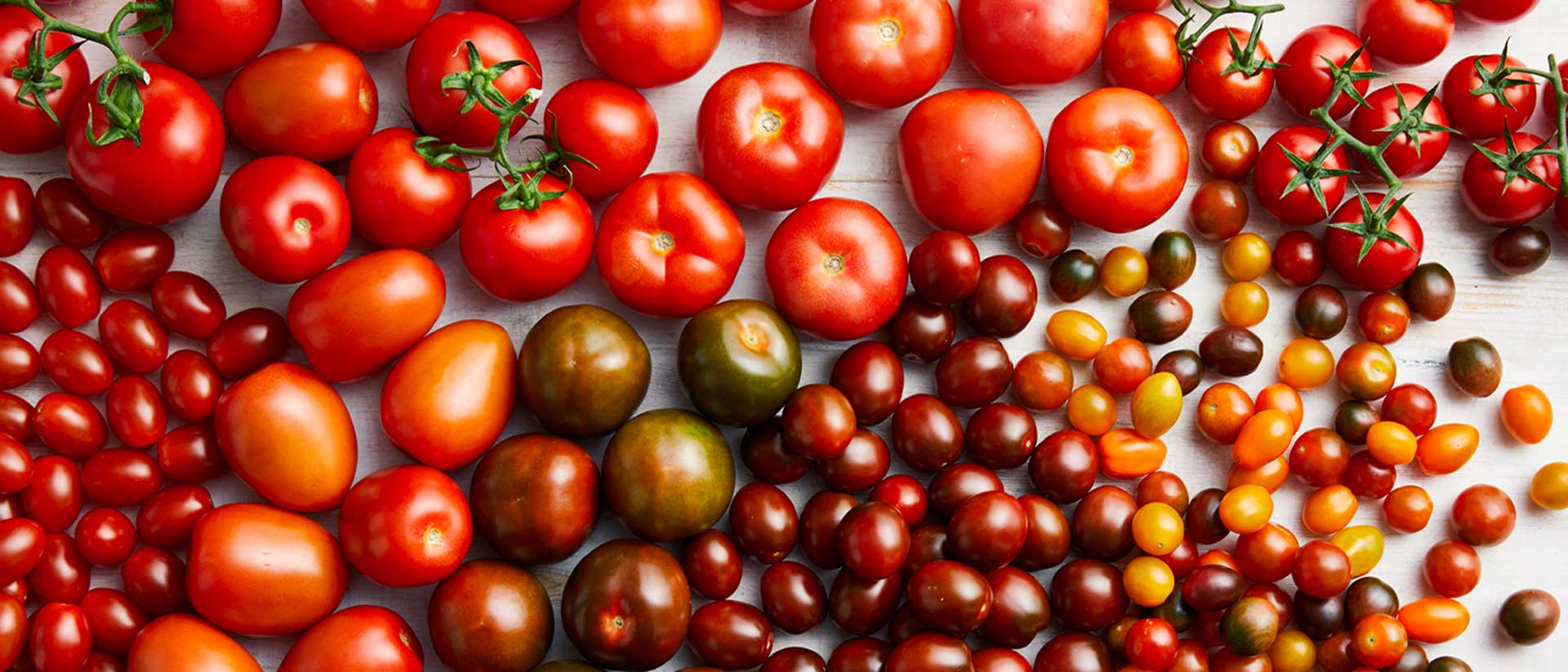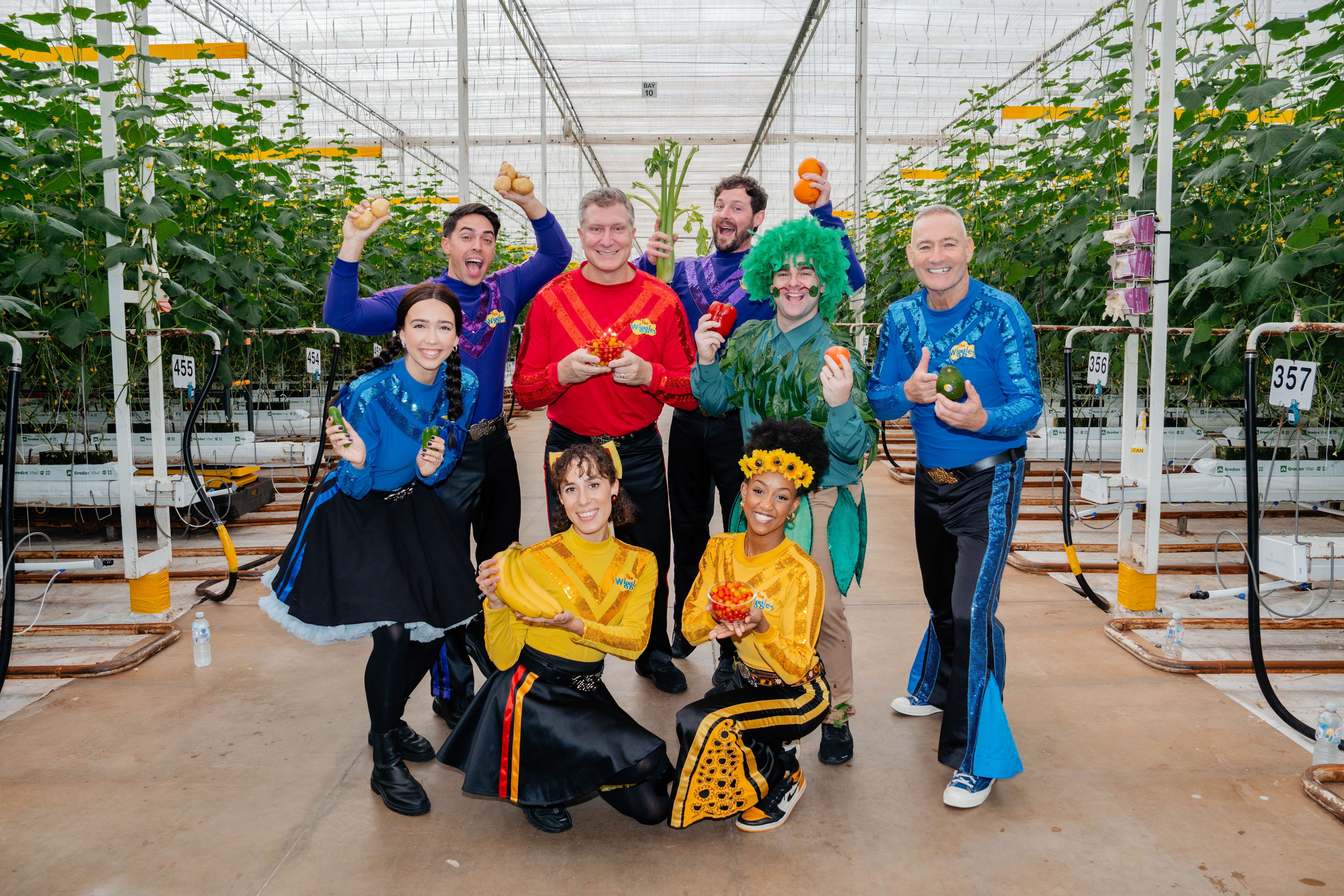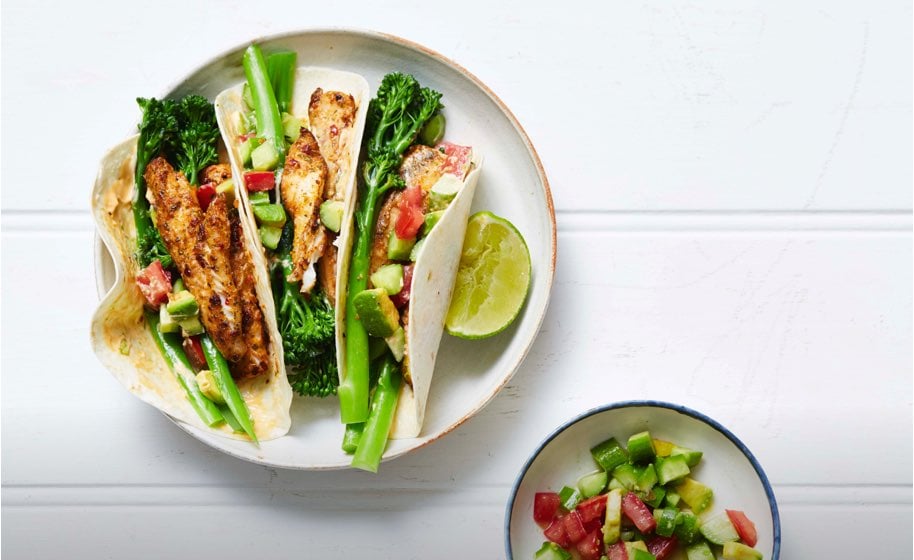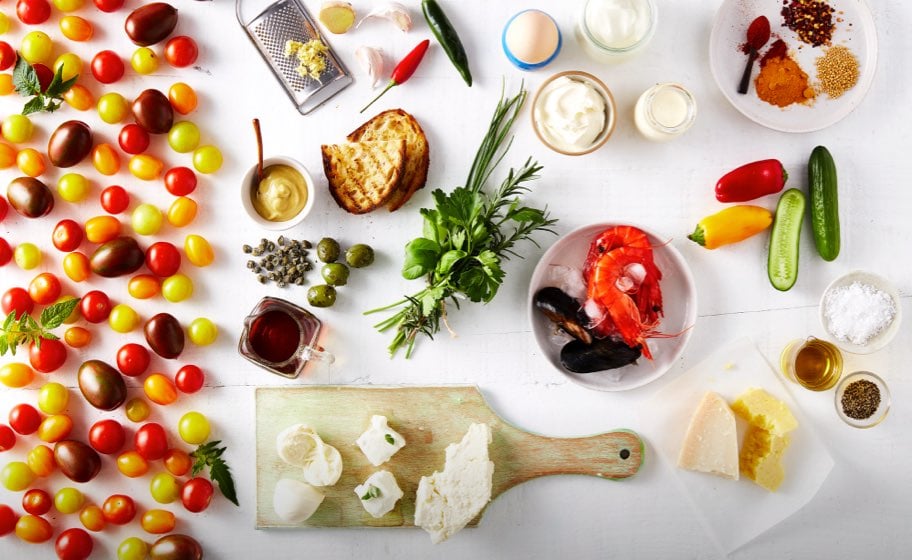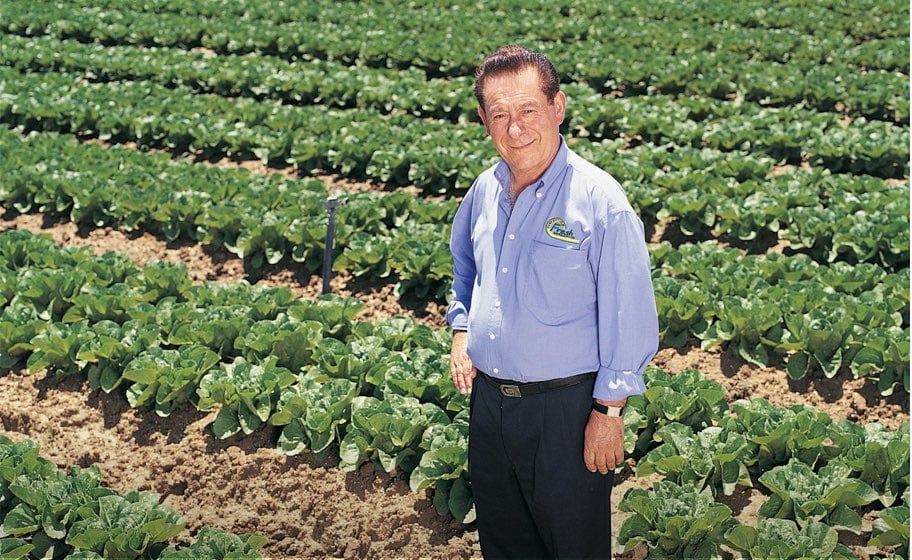What are table grapes?
Table grapes are grapes that are grown to be consumed while fresh. Compared to other grape varieties that are grown for wine production, juice production, or for drying into raisins or sultanas.
More than ¼ of the grape growing regions in the world are dedicated to growing table grapes – that’s over 122,000 square kilometres. And a sizeable portion of that acreage is in Australia. Grapevines in Australia are found across four regions - Mundubbera, Emerald and St George in Queensland and the Sunraysia region on the New South Wales/Victoria border. The combined total of grapevines in these regions is over 24,000 acres. More than 60 varieties of table grapes are grown in Australia – these include Perfection Fresh’s Midnight Beauty®, Autumn Crisp® brand grapes. All of these varieties are seedless, and have their own unique flavour profile.
So how do you get these delicious grapes from farm to plate?
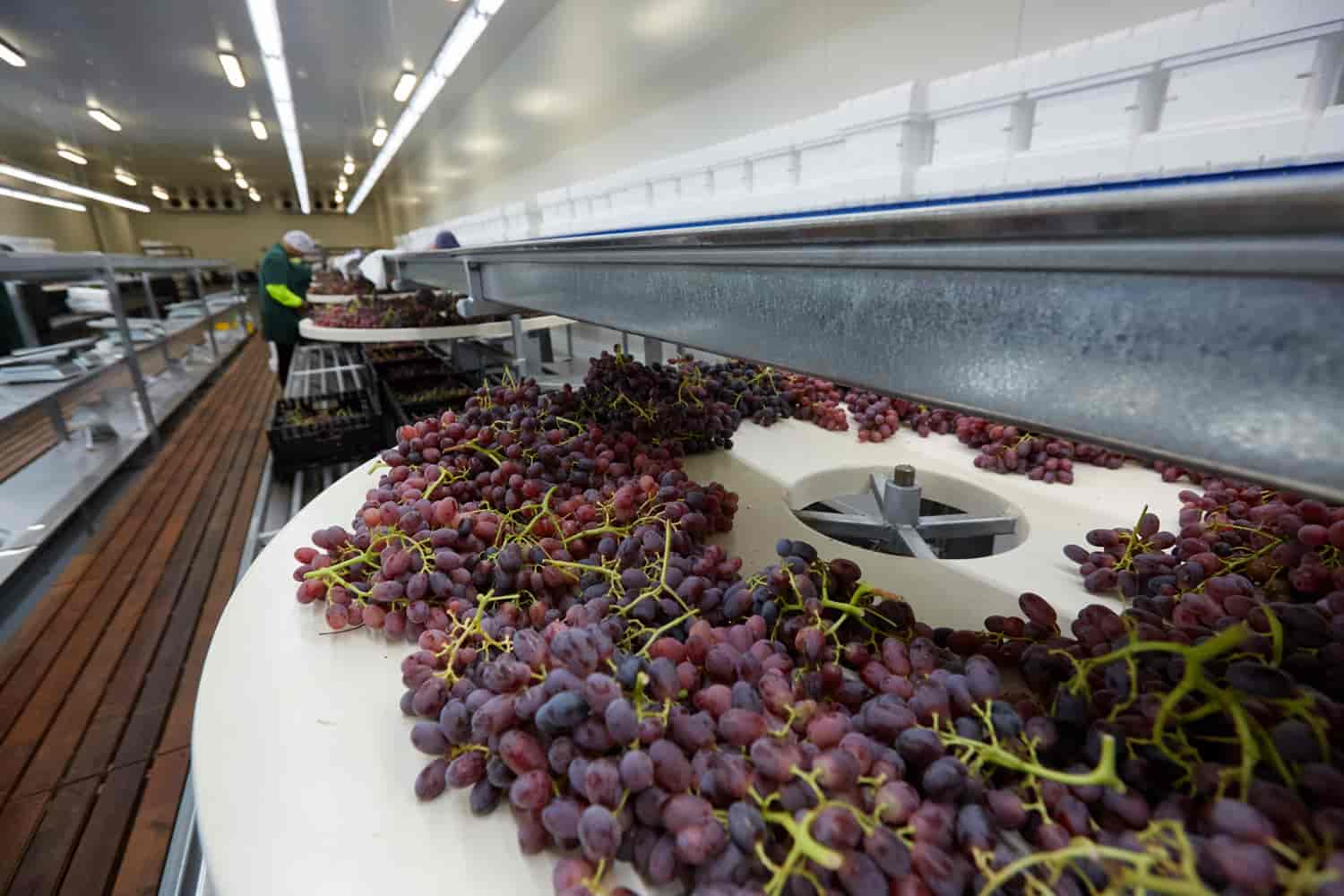
How are grapes grown?
It all starts with a grape cutting. Grapes are grown by cuttings, not by seed. There are two types of cuttings through which grapes can be grown:
- Type 1: Green cuttings
- Type 2: dormant cuttings, which are also known as hardwood. The reason they are called hardwood is because when the foliage falls off from the vine in the autumn and winter months, they harden.
Dormant cuttings are much easier to work with, however, green cuttings are used for grape varieties that are difficult to root from dormant cuttings.
In order to grow successfully, grapevines need healthy, fertile and well-drained soil with lots of sun. The Sunraysia, Mundubbera, St George and Emerald regions, where Perfection Fresh grapes are grown, have the perfect soil for great grape growing in Australia.
Grapes also need a support system such as a trellis for their long, climbing vines. It’s actually possible to identify whether a grape variety is a table grape by looking at their trellis system. The table grape trellis system is structured to let the grapes hang independently. This helps in reducing clusters from rubbing other grape clusters, stems or leaves.
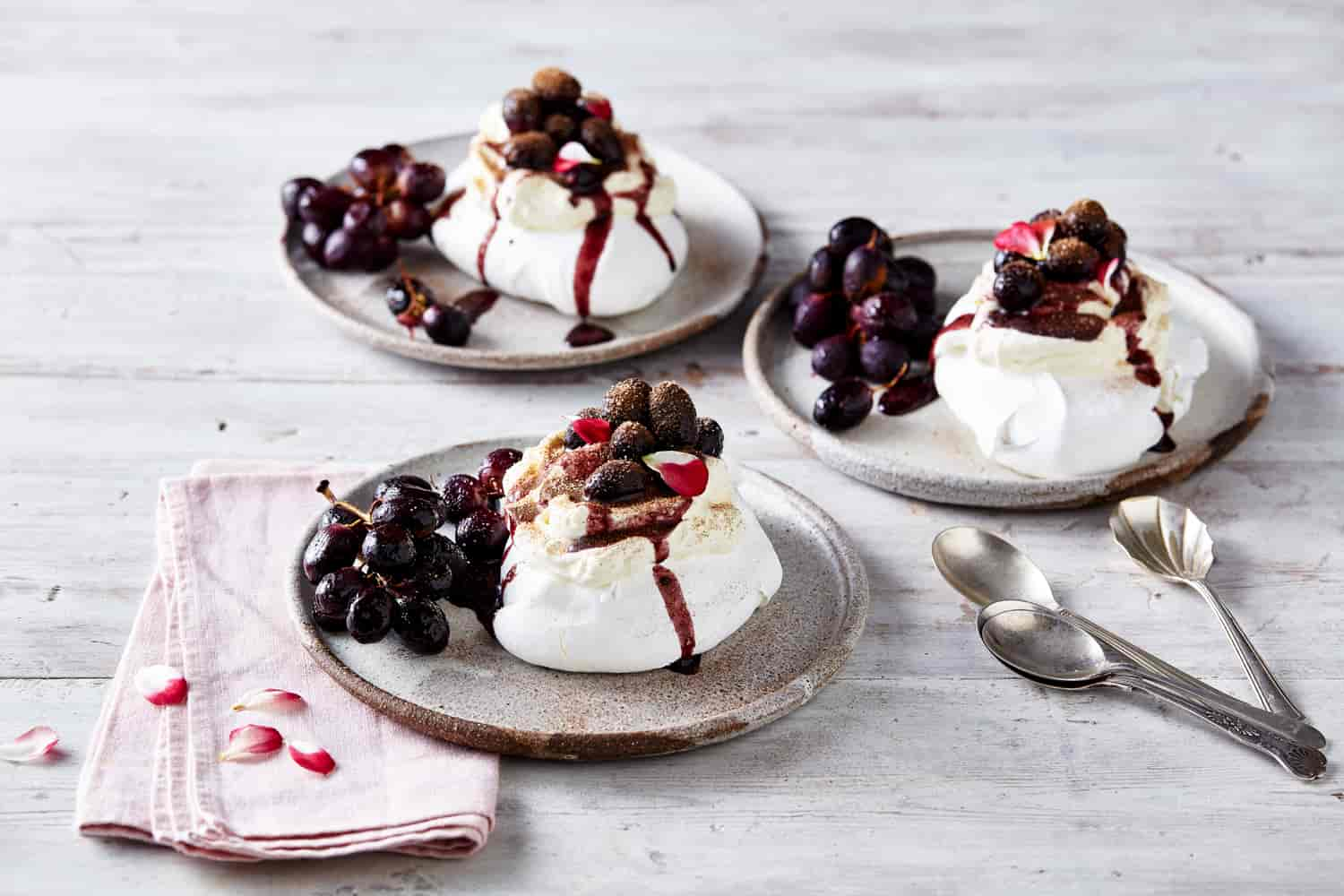
Growth Cycle of Grapevines
To grow grapes, there is an annual growth cycle of grapevines that takes place.
Dormancy – This is the winter dormancy period in the growth cycle of table grapes. At this stage, growth and development pauses temporarily. The growers still need to keep an eye on the vines, pruning them with cane pruning or spur pruning as required.
Budbreak – Following winter dormancy, the growth cycle starts off with bud break or bud burst in the Spring. In the Southern Hemisphere in Australia, this stage begins around September. In the Northern hemisphere this stage begins around March.
Flowering – For a month or so, there will be just vegetative growth on the grapevine. After that, a vine will develop tight bunches of tiny flowers which are pollinated by bees. The time of flowering depends on the temperatures. Each flower can potentially turn into a grape berry.
Fruit Set – Once the flowers have been pollinated, a tiny, green sphere starts to emerge at the end of the stem. The stage of fruit set follows the flowering stage quite quickly. This stage is very important for a grape grower as it determines the potential crop yield. Not every flower is pollinated, and the unfertilized ones fall off the grape vines.
Veraison – Veraison is a French viticulture term which means the onset of ripening. After the fruit set stage, the grape berries are green in colour, and are firm to the touch. The veraison stage is a signal of the start of the ripening process, and normally takes around 40 – 50 days after the fruit set stage. During this stage, the grapes start to change colour. The green varieties of grapes become a creamy greenish white. Other varieties change from green to either red or black, depending on the variety. For example, our Midnight Beauty® seedless grapes are black in colour, whereas the Autumn Crisp® is the classic green coloured grape.
Harvest - Unlike other fruits and vegetables that may continue to ripen after being picked. Grapes are harvested fully ripe, as they don’t become sweeter after being picked.
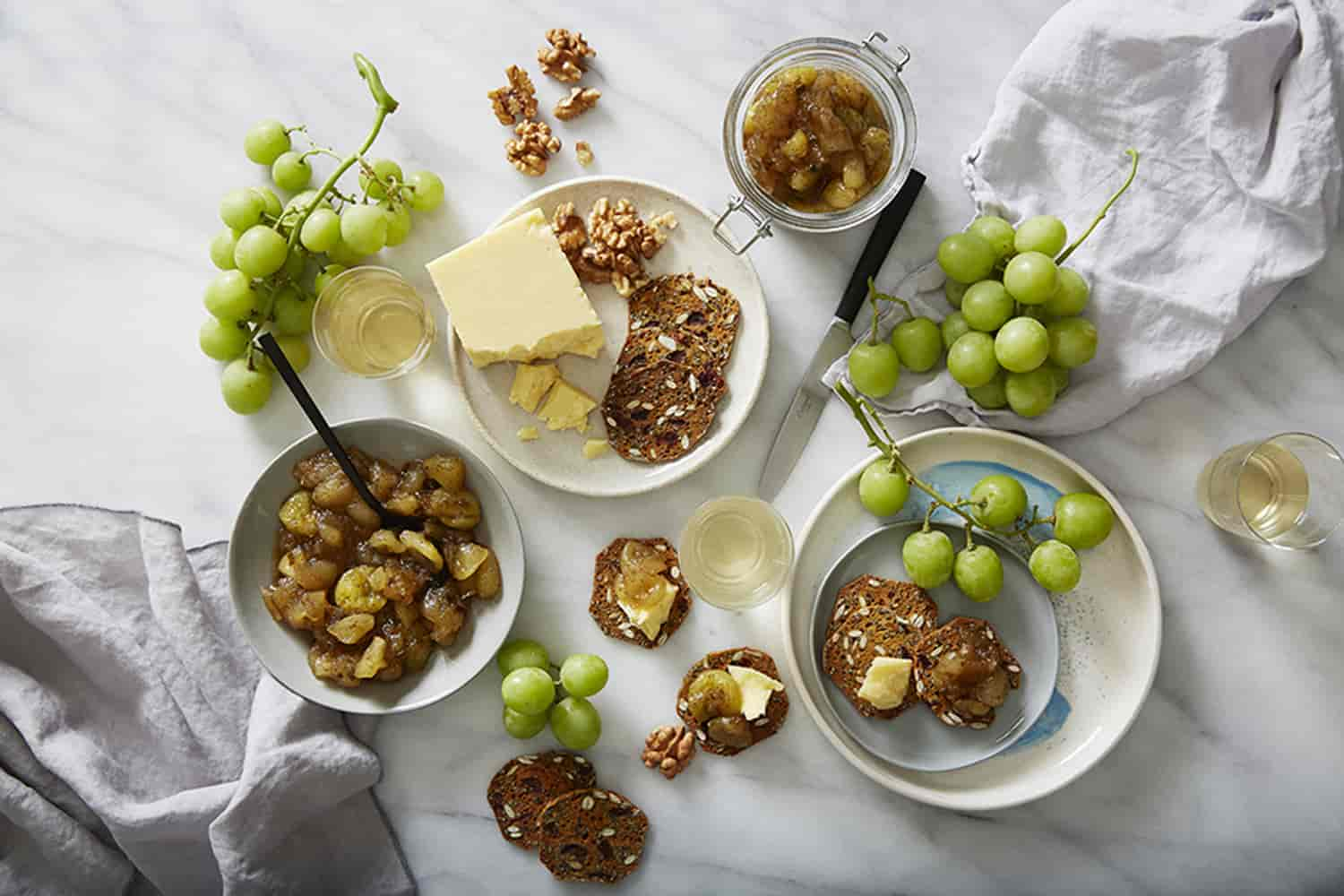
Perfection Fresh Grape Varieties
At Perfection Fresh, we grow different types of table grapes, each with their own unique flavour and characteristics and in season for a limited time.
Midnight Beauty® Grapes
Midnight Beauty® grapes are large, crisp, and bursting with sweet flavour. They are black in colour, and are known for their juiciness, crispness, and sweet flavour. They are in season from December to March and can be enjoyed raw or cooked.
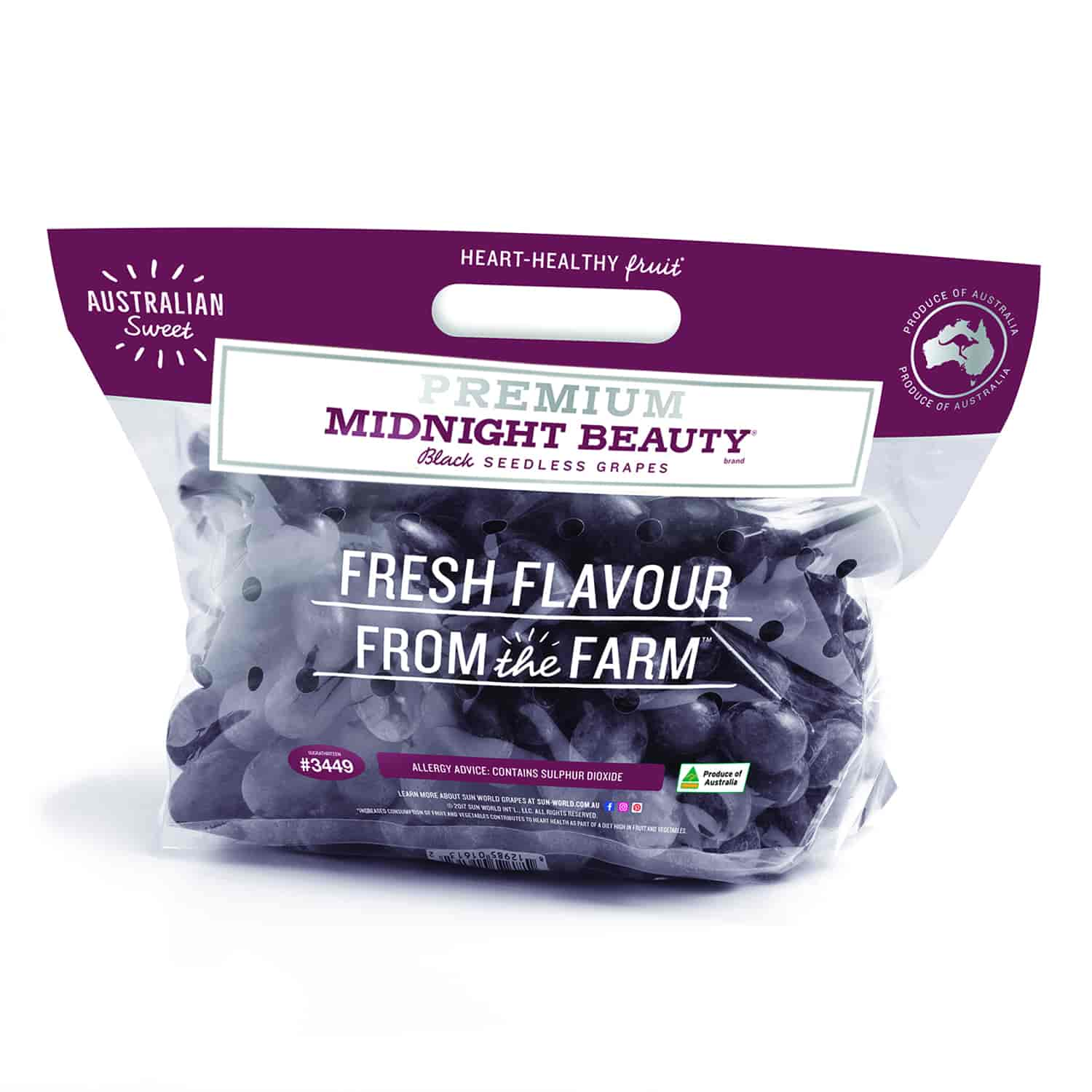
Autumn Crisp®
Autumn Crisp® variety is the classic green grape with large clusters, perfect for sharing. It’s bursting with a mild-sweet flavour with subtle hints of muscat. They are in season from March to April, and can be enjoyed raw or cooked.
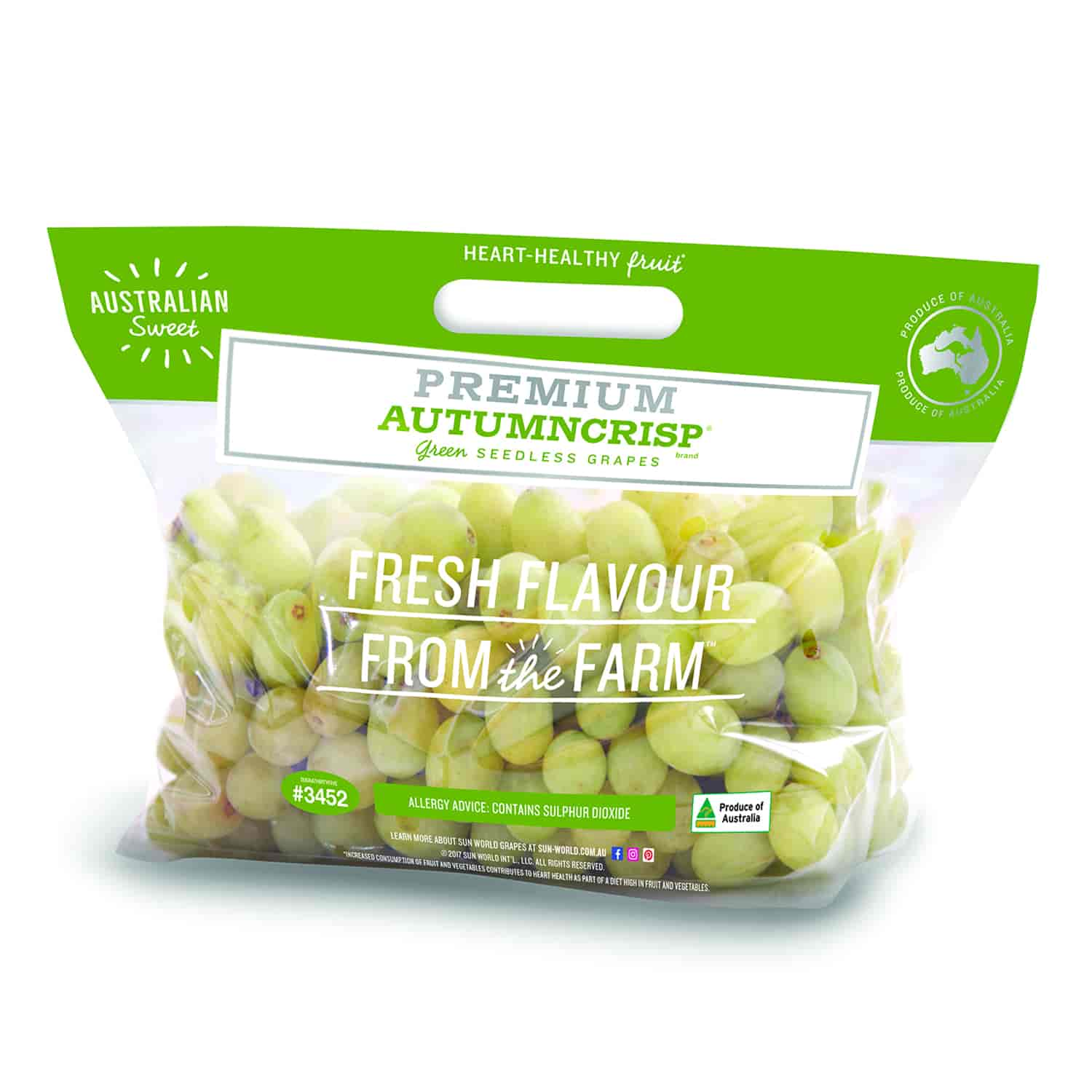









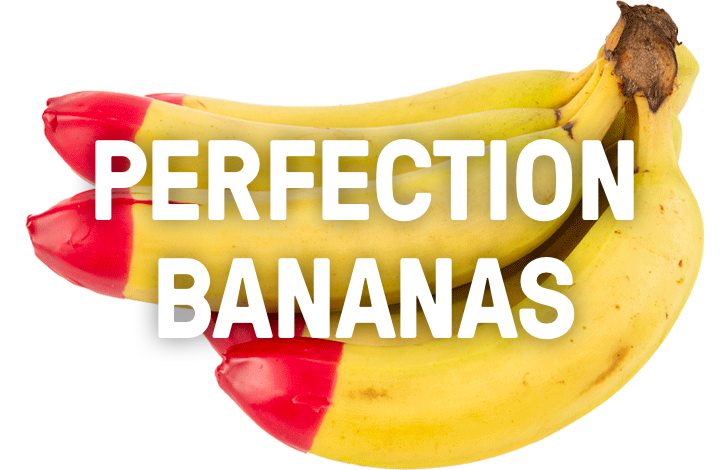
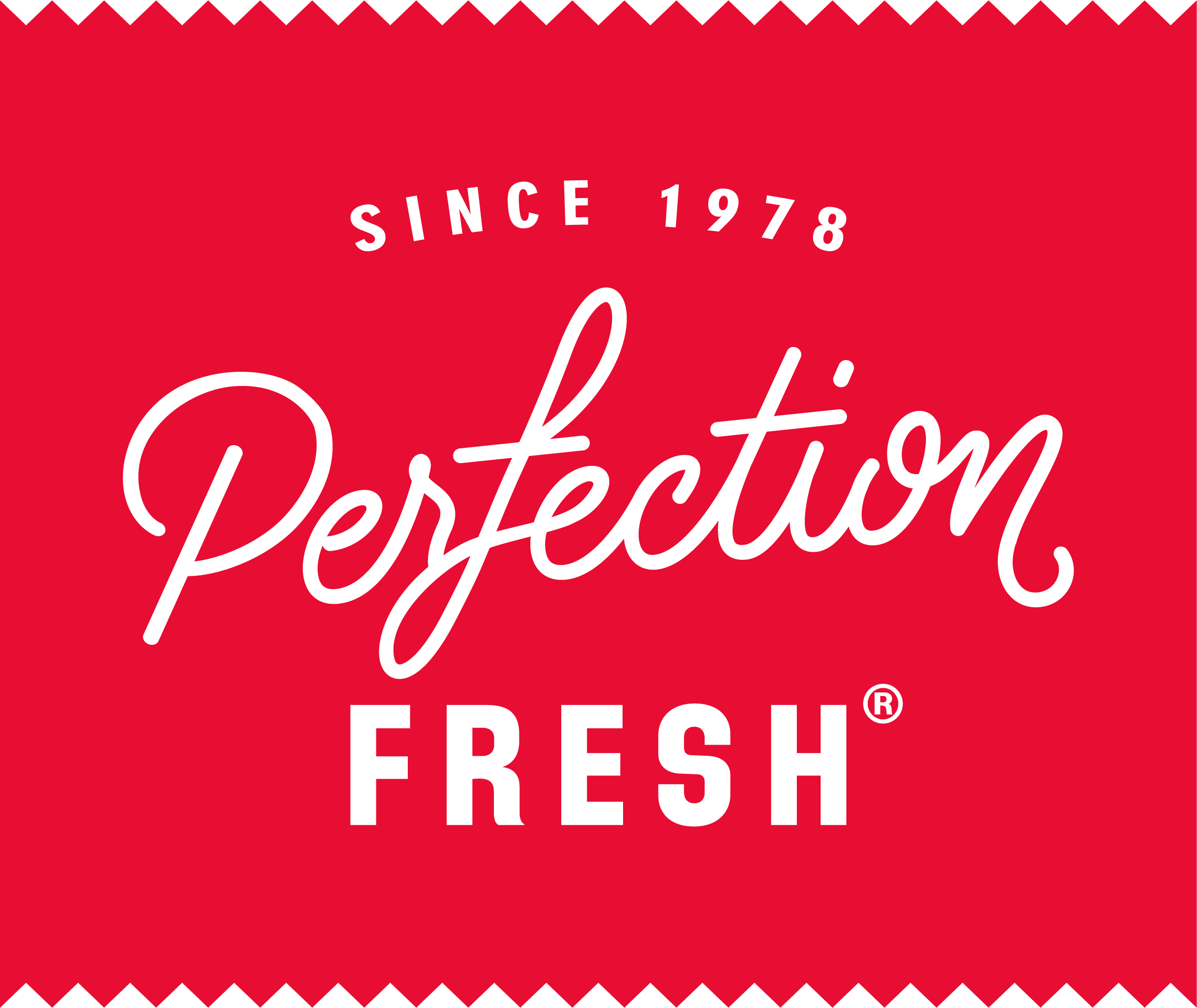


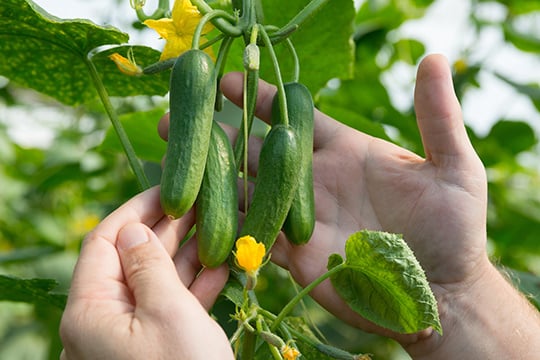

.jpg)
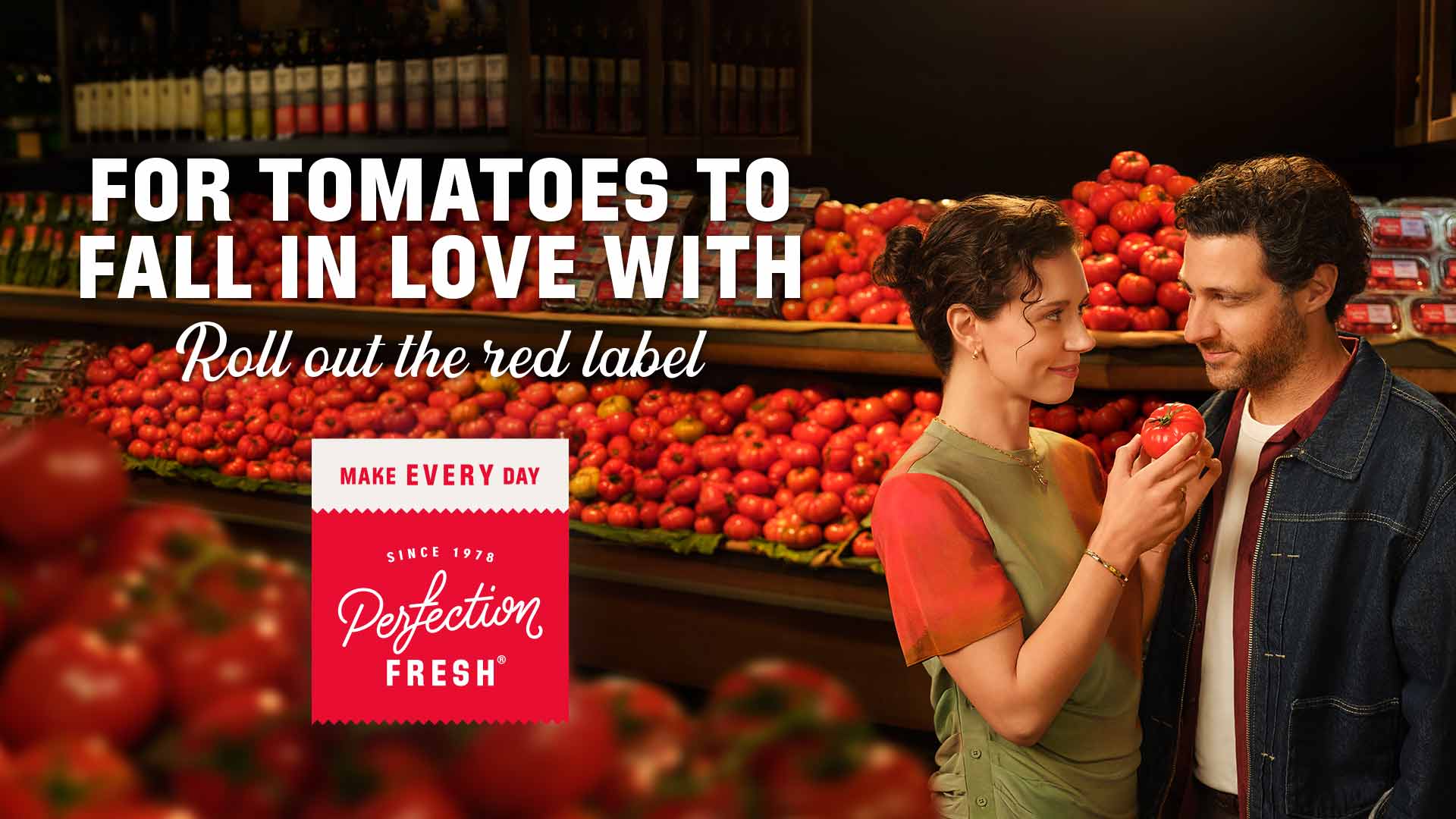
%20(1).jpg)
